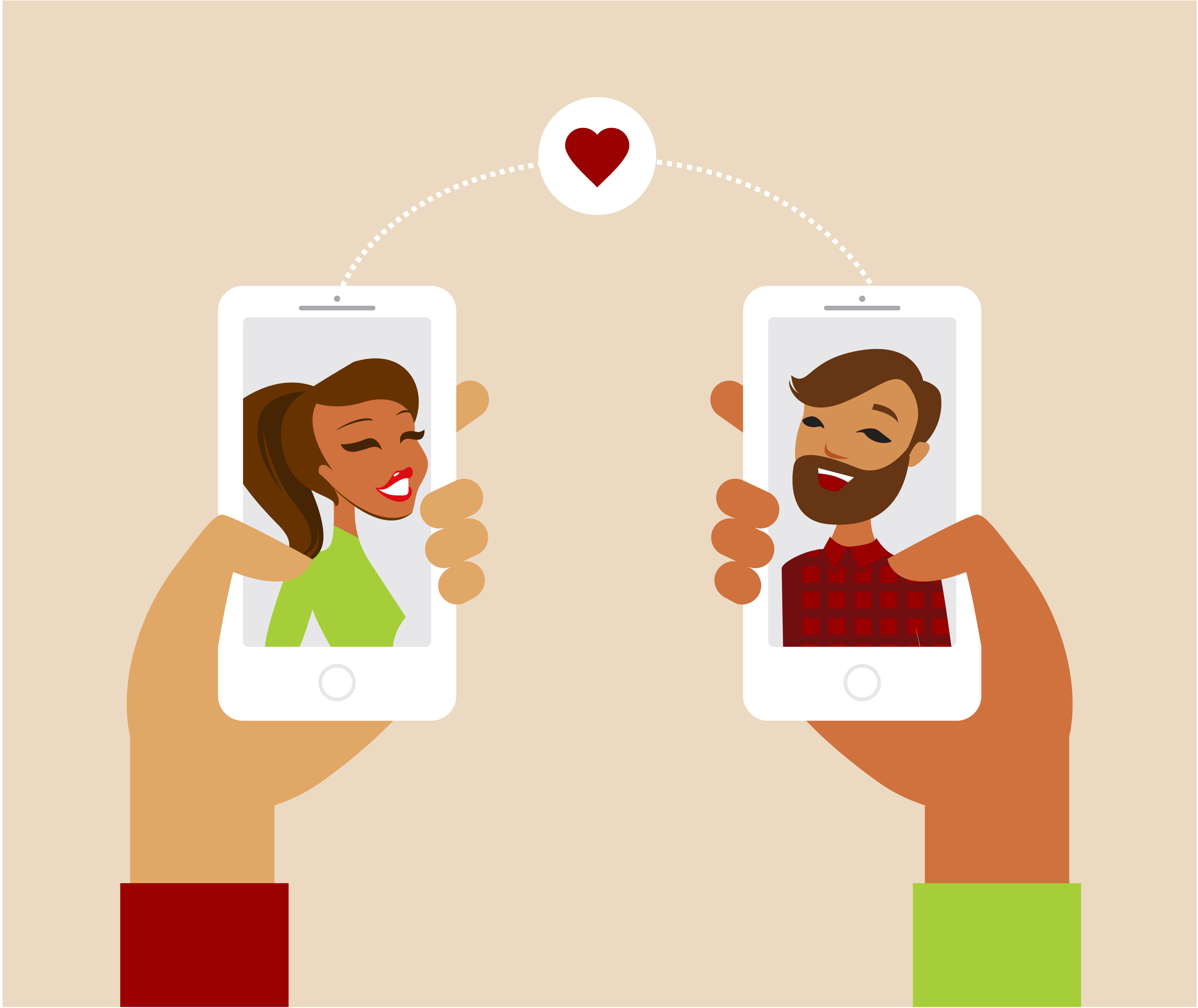

Dating apps have revolusionised the way people meet and date. Millions of people use these apps, with Tinder being one of the most popular – the most downloaded dating app in 18 countries over the past few years.
Dating apps are extremely successful at encouraging habitual use. Over the past decade, online dating has evolved from “best match” algorithms into match-making entertainment based on gamification frameworks.
Basically, dating apps use gamification and messaging tactics to form an essential engagement habit. Here’s how other brands can do the same.
So what can other apps learn from dating apps? Turns out, quite a few things. Four key strategies spark enviable engagement for dating apps, and are equally as applicable to retail, media, travel, and health apps, to name a few.
1) Offer more if the customer gives more
Dating apps such as eHarmony and OK Cupid ask users a series of questions to understand their interests, and they also track what they click. The result is that they can serve better matches to users, which encourages greater engagement.
Other apps mimic this feedback-engagement model through a preference centre and learning from users’ behaviors, but dating apps take this one step further. OK Cupid incentivises responses by unlocking additional matches when users answer more questions.
Users who take the time to set parameters on the person he or she is willing to date is likely to see better matches. Similarly, a shopper who shares her size or colour preferences for clothing will be rewarded with more relevant offers, and perhaps a coupon incentive to purchase, too.
But messages don’t need to be limited to financial offers. Affirmation and status rank are powerful motivators on dating sites and on social tools such as LinkedIn, which reveals the relative strength of a profile in terms of popularity or search hits.
Another tactic to encourage users to build profiles revolves around assigning a percentage to the completeness of a profile. This encourages users’ curiosity about what tasks they need to tackle to achieve 100%. Segmented push or in-app messages can specifically target users who have only reached a certain point in customer onboarding.
Marketers can justify offering high-value tailored content or perks because the direct benefit to the brand is in total customer lifetime value vs. the cost of acquisition and onboarding for a new customer. Additionally, the insights from mobile can also be used cross-channel to create enhanced experiences.
2) Make choice more fun
Apps such as Tinder gamify the dating experience by providing an enormous pool of potential partners and letting the user self-curate by placing age and proximity limitations. Users can then ‘swipe’ right to indicate interest. If the receiving party reciprocates, direct messaging is enabled through in-app messages.
Brands outside the dating industry can capitalise on this approach by building fun, breezy self-curation activities that reveal which products or content users are most interested in. This gives users an easy way to browse products, such as swiping to learn more about a piece of clothing or type of music, and gives brands an easy way to learn more about them.
A preference centre might not reveal users’ true interests due to category limitations. Also, users might not want to take the time to indicate their preferences. However, by gamifying the feedback process, brands can learn from users’ behaviours and create segments to serve up targeted content.
For example, if a female customer has browsed dresses and clicked on several in the black colour, a savvy brand would infer she is likely looking for that perfect little black dress (or LBD).
The brand would then add this user to the LBD segment and send her a push notification or in-app message when a new selection of LBDs arrives.
Page: 1 2
American space agency prepares for testing of Boeing's Starliner, to ensure it has two space…
As UK and Europe develop closer military ties, European Commission says it will invest €1.3…
Zuckerberg seeks to revive Facebook's original spirit, as Meta launches Facebook Friends tab, so users…
Notable development for Meta, after appeal against 2021 WhatsApp privacy fine is backed by advisor…
First sign of shake-up under new CEO Lip-Bu Tan? Three Intel board members confirm they…
Trump's nominee for SEC Chairman, Paul Atkins, has pledged a “rational, coherent, and principled approach”…